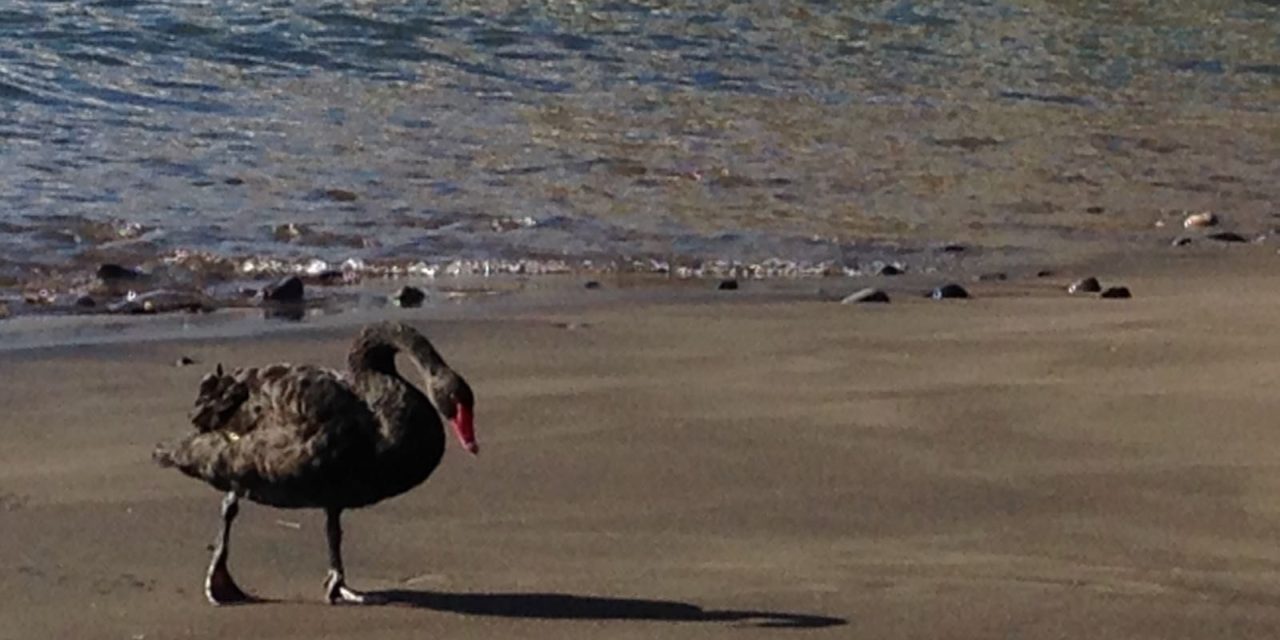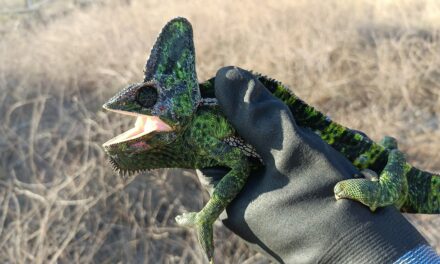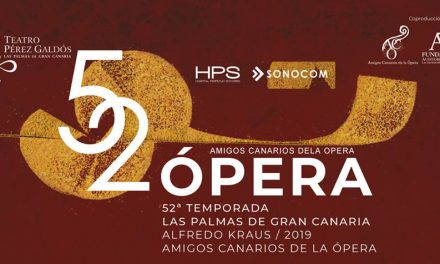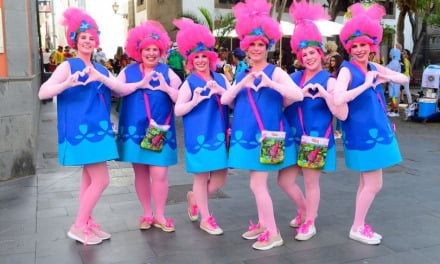 Over the last couple of weeks rare Australian black swans have been mysteriously appearing on the coasts of Gran Canaria, with four or five sightings so far, the most recent being in the waters off the south west coast of Mogán last Thursday. Two birds have so far been captured, but now it seems there may be a third on the loose. On the Playa de Mogán beach last Thursday, bathers were surprised to be joined by one of these majestic birds, as they shared photographs and videos to social networks, so it seems a third bird roams free around the island.
Over the last couple of weeks rare Australian black swans have been mysteriously appearing on the coasts of Gran Canaria, with four or five sightings so far, the most recent being in the waters off the south west coast of Mogán last Thursday. Two birds have so far been captured, but now it seems there may be a third on the loose. On the Playa de Mogán beach last Thursday, bathers were surprised to be joined by one of these majestic birds, as they shared photographs and videos to social networks, so it seems a third bird roams free around the island.
Seemingly unperturbed by his fellow bathers the swan paddled around and even took time for a little waddle on the rocks, to the delight of those who gathered to see the unusual sight.
 Two of the birds, spotted in island waters, were originally sighted within 48 hours of each other at the beginning of the month, though on different sides of the island, and both of them were eventually captured and moved to Cabildo de Gran Canaria facilities, as they are animals of a non-indigenous species, of Australian origin, it is thought that they had probably escaped or were released by their owner.
Two of the birds, spotted in island waters, were originally sighted within 48 hours of each other at the beginning of the month, though on different sides of the island, and both of them were eventually captured and moved to Cabildo de Gran Canaria facilities, as they are animals of a non-indigenous species, of Australian origin, it is thought that they had probably escaped or were released by their owner.
The first caused consternation at the beginning of the month in Melenara, off the Telde coast, having appeared on the beach, the creature was captured by bathers who notified the authorities who transferred the swan to the Cabildo´s Bird Recovery Centre, in Santa Brigida.
 Two days later another bird of the same species was spotted near the beaches of the Gran Canaria capital, in the coastal neighbourhood of San Cristóbal, although onlookers were unable to capture him because of the speed of his movements, according to Cabildo de Gran Canaria veterinarian, Paschal Calabuig. The swan was spotted travelling along the north coast and when it reached Agaete more people tried to capture it, causing it to take flight.
Two days later another bird of the same species was spotted near the beaches of the Gran Canaria capital, in the coastal neighbourhood of San Cristóbal, although onlookers were unable to capture him because of the speed of his movements, according to Cabildo de Gran Canaria veterinarian, Paschal Calabuig. The swan was spotted travelling along the north coast and when it reached Agaete more people tried to capture it, causing it to take flight.
Then last Sunday in the area of La Caletilla, on the beach of La Aldea, the second black swan was spotted again by an Italian tourist, and firemen with the help of several bathers managed to catch the somewhat exhausted bird.
Director of the Cabildo de Gran Canaria Wild Fauna Recovery Centre, Pascual Calabuig, explained that the birds are both specimens of Cygnus atratus, a species of swan unique to Australia that should not be free to roam in sensitive ecosystems like those of the Canary Islands’ archipelago.
 “Wild animals from other places should not begin to occupy more space on the islands, introduced species generate serious problems, we have the example of the parrots, which are Argentinean, and are here because someone one day released them and today we have an authentic invasion“, Calabuig emphasised.
“Wild animals from other places should not begin to occupy more space on the islands, introduced species generate serious problems, we have the example of the parrots, which are Argentinean, and are here because someone one day released them and today we have an authentic invasion“, Calabuig emphasised.
The wildlife expert believes that these black swans probably belong to someone, and that they had lived on a farm or in a private pond, with their flight feathers cut so they would not fly. “But the feathers grow” and the animals fly again.
So far it is still a mystery as they are “valuable” animals and no on has yet come to claim them, if they indeed have escaped. Some have suggested that the two birds caught so far could be the black swan chicks that were taken from a public pond in Las Palmas nearly five years ago, now grown to full size, but nobody knows.
 The two swans that have been caught were moved to the Park of El Galeón located in Santa Brígida. But the question remains, are there more black swans roaming free around the coasts of Gran Canara?
The two swans that have been caught were moved to the Park of El Galeón located in Santa Brígida. But the question remains, are there more black swans roaming free around the coasts of Gran Canara?
If you spot anything unusual of this nature you can usual report it directly to Seprona, the Guardia Civil, the Policia Local, or in extreme circumstances the main 112 emergency centre.













